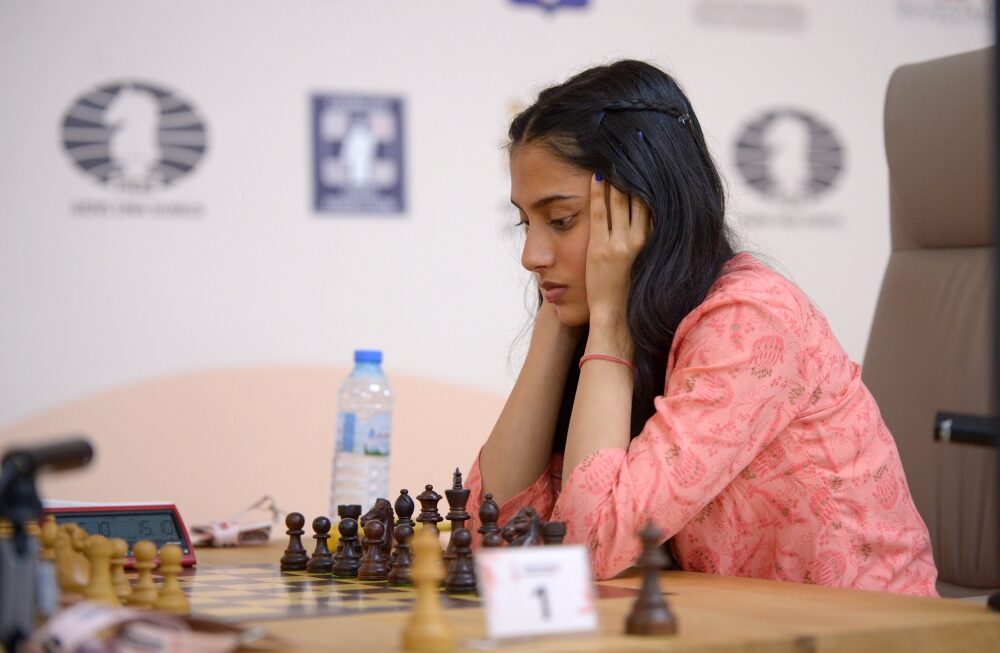Liam Dawson’s Test Cricket Comeback: Complete Analysis of England’s Strategic Selection for Old Trafford
Liam Dawson Test Recall Signals England’s Depth Strategy
Liam Dawson’s Test Cricket Comeback: Liam Dawson’s recall to England’s Test squad after an eight-year absence represents more than just a replacement for injured Shoaib Bashir. We examine how this strategic selection demonstrates England’s evolving approach to squad depth and their confidence in domestic talent development.
The Hampshire left-arm spinner’s return comes at a crucial juncture in the England vs India Test series, with the hosts holding a commanding 2-1 lead. Dawson’s inclusion for the fourth Test at Emirates Old Trafford showcases England’s willingness to trust experienced domestic performers when circumstances demand tactical flexibility.
Shoaib Bashir Injury Creates Selection Opportunity
Shoaib Bashir’s broken finger injury, sustained during the first innings at Lord’s, necessitated immediate squad changes. Despite his valiant return to claim the match-winning wicket, the young spinner’s subsequent surgery involving wire insertion in his left pinkie finger ruled him out of Old Trafford participation.
We analyze how Bashir’s injury, while unfortunate, provides Dawson with an unexpected pathway back into international cricket. The timing coincides perfectly with Dawson’s exceptional domestic form, making him the logical replacement choice for England’s selectors.
Dawson’s First-Class Statistics Justify Selection
Recent Performance Metrics
Since 2021, Dawson has demonstrated remarkable consistency in county cricket. His 12 five-wicket hauls from 15 career achievements during this period highlight his recent dominance. We break down his impressive statistics:
2023 Season Performance:
- 54 wickets for Hampshire
- 956 runs at an average of 59.75
- Earned PCA Player of the Year award
Current Season Form:
- 21 wickets at 40.04 average
- Economy rate of 2.55 runs per over
- 536 runs at 44.66 average
- Consistent all-round contributions
Career First-Class Analysis
With 371 first-class wickets and nine centuries in five seasons, Dawson’s comprehensive skill set extends beyond traditional spinning duties. We evaluate how his batting capabilities provide England with additional lower-order depth, crucial for Test match scenarios.
Since 2023, his 124 dismissals at 25.64 average demonstrate sustained excellence at domestic level. This consistency forms the foundation of his Test recall, proving that county performance remains England’s primary selection criterion.
England Squad Evolution Under Bazball Philosophy
Strategic Flexibility in Team Selection
We examine how Dawson’s inclusion aligns with England’s aggressive “Bazball” approach under Ben Stokes’ captaincy. The selection demonstrates tactical adaptability while maintaining attacking intent, particularly regarding spin bowling options at Old Trafford.
Harry Brook’s assessment of Dawson as a “wily, old fox” reflects confidence in experience over youth. We analyze how this contrasts with England’s recent preference for younger talents, suggesting pragmatic selection policies when established players deliver consistent domestic performances.
Left-Arm Spin Advantages at Old Trafford
The Manchester venue’s historical characteristics favor left-arm spinners, particularly against right-handed Indian batting lineups. We explore how Dawson’s bowling angle creates natural advantages:
- Foothole exploitation for left-handed batsmen
- Natural variation in bounce and turn
- Strategic field placement opportunities
- Pressure creation through consistent line and length
Gus Atkinson’s Continued Absence Strategy
Injury Management Philosophy
England’s decision to exclude Gus Atkinson despite squad inclusion demonstrates conservative injury management. We analyze how this approach prioritizes long-term player welfare over short-term selection pressure.
The soft outfield conditions following weekend rainfall influenced this decision. We examine how playing surface assessments impact seam bowler selections, particularly for players returning from hamstring injuries.
Chris Woakes Retention Despite Struggles
Woakes’ retention despite underwhelming series statistics (seven wickets at 56.42) reflects his historical Old Trafford success. We detail his venue-specific record:
- 35 dismissals at 17.37 average
- 221 runs at 36.83 average
- Proven experience in Manchester conditions
England’s Final XI Analysis for Fourth Test
Batting Order Stability
We examine England’s consistent batting lineup selection, maintaining the successful top-order combination of Crawley, Duckett, and Pope. The middle-order retention of Root and Brook provides experienced backbone for challenging Indian bowling.
Bowling Balance Assessment
The bowling attack combination balances pace and spin effectively:
Pace Options:
- Jofra Archer (express pace)
- Brydon Carse (consistent line)
- Chris Woakes (swing specialist)
Spin Department:
- Liam Dawson (left-arm orthodox)
- Joe Root (part-time off-spin)
Historical Context of Eight-Year Test Absences
Rare Comeback Precedents
We analyze historical precedents for players returning to Test cricket after extended absences. Dawson’s eight-year gap represents unusual circumstances in modern cricket, where career trajectories typically follow more linear patterns.
The comparison with similar comeback stories provides context for Dawson’s achievement. We examine factors that typically enable such returns, including domestic performance sustainability and tactical team requirements.
T20I Success Foundation for Test Return
Limited Overs Form Translation
Dawson’s recent T20I recall provided the platform for Test consideration. His outstanding 4 for 20 performance against West Indies demonstrated international readiness. We analyze how limited-overs success often precedes longer-format opportunities in modern cricket structures.
The captaincy of Harry Brook during Dawson’s T20I return created positive associations, potentially influencing Test selection discussions. We explore how cross-format relationships impact squad dynamics and selection processes.
Old Trafford Test Match Implications
Series Context and Pressure
With England leading 2-1, the Old Trafford Test carries significant series-clinching potential. We examine how Dawson’s selection impacts England’s strategic approach to securing victory against India’s experienced batting lineup.
The pressure on debutant performers in series-deciding matches creates unique challenges. We analyze how Dawson’s previous Test experience, though dated, provides psychological advantages over completely inexperienced options.
Pitch Conditions and Tactical Considerations
Manchester’s traditionally spin-friendly conditions in later Test match stages favor Dawson’s inclusion. We evaluate how day four and five pitch deterioration typically assists slower bowlers, making his selection strategically sound.
The foothole factor mentioned by Harry Brook becomes particularly relevant against India’s left-handed batsmen. We examine how Dawson’s natural bowling angle exploits these wearing patches effectively.
Squad Depth Philosophy Success
County Cricket Integration
Dawson’s recall validates England’s county cricket talent pipeline. We analyze how consistent domestic performance monitoring enables strategic squad adjustments when international circumstances require specific skill sets.
The seamless transition from county to international cricket depends on maintaining performance standards. Dawson’s statistical consistency provides confidence in this transition process.
Long-term Career Implications
Age Factor Considerations
At 35, Dawson’s Test return represents potentially his final international opportunity. We examine how age-related performance factors influence selection decisions and future prospects.
The balance between experience and physical capability becomes crucial for older returning players. We analyze how Dawson’s fitness levels and skill maintenance support continued international participation.
Legacy and Achievement Context
We evaluate how this Test recall impacts Dawson’s cricket legacy, transforming from forgotten international player to successful comeback story. The PCA Player of the Year award provides additional validation for his domestic excellence.
Conclusion: Strategic Selection Success
Liam Dawson’s Test recall after eight years exemplifies modern cricket’s meritocratic selection principles. We conclude that his domestic performance consistency, combined with tactical suitability for Old Trafford conditions, makes this selection both logical and strategically sound.
The decision reflects England’s confidence in county cricket standards while maintaining competitive international standards. Dawson’s return provides inspiration for domestic players while demonstrating that sustained excellence eventually receives recognition at the highest level.
His inclusion strengthens England’s series-winning prospects through experienced spin bowling options, particularly valuable against India’s quality batting lineup in Manchester conditions. We anticipate his performance will justify the selectors’ faith in domestic talent development pathways.













